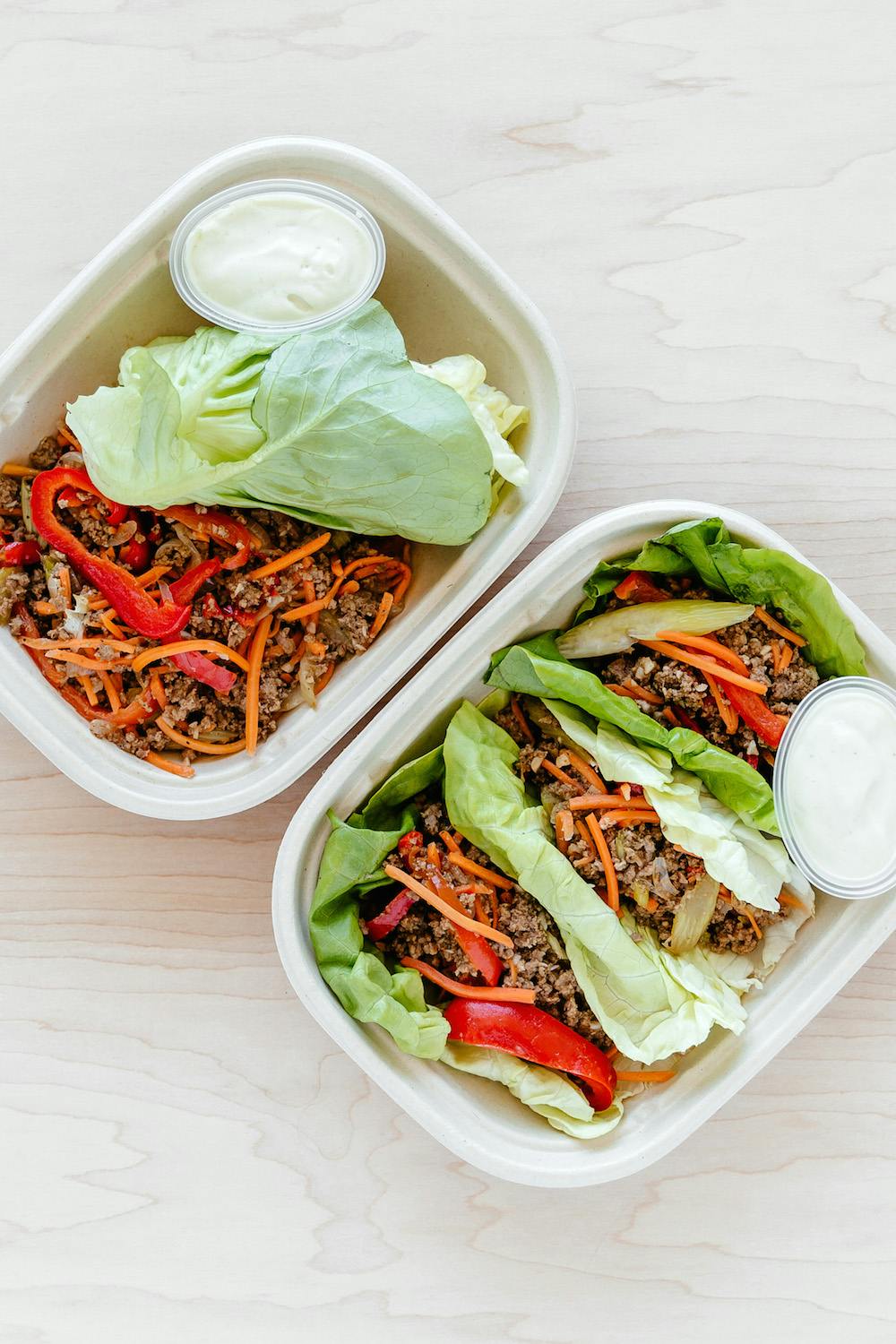
For the keto-curious: what to watch out for
By Carina Morgan
December 28, 2020
If you’ve made the strategic decision to experiment with fat adaption, I would not be doing my due diligence if I did not warn you about things to look out for in your keto-curious journey.
Ketoacidosis
You may have heard of ketoacidosis before as it relates to diabetes. But you can also develop non-diabetic ketoacidosis from the ketogenic diet if you aren’t careful. Ketoacidosis is the build-up of ketones in the blood that can be dangerous if untreated. Essentially, when you stop consuming carbs, your body no longer needs to release insulin the way it does when you eat a moderate or high carb diet. On occasion, the body can actually perceive that as starvation, because you don’t get enough glucose into your cells, and it begins breaking proteins and fats into ketones too quickly, causing too many blood ketones.
Symptoms of ketoacidosis include excessive thirst, frequent urination, nausea, vomiting, fatigue, shortness of breath, and mental confusion.
Upset Stomach
Your body has to be primed to break down high amounts of fat. That is why we advocate for a step-by-step process on how to strategically reduce carbs and increase fat in a way that allows your body to adapt (more on this to come in a later post!).
When first starting a ketogenic diet, especially if you do decide to jump right in, be prepared to experience some digestive distress at the beginning as your body adjusts to digesting so much fat. The pancreas is primarily responsible for breaking down carbohydrates, while the gallbladder is more in charge of digesting fats – so give your hard-working bod a break as it figures out how to properly break down your food when you switch to a high fat diet.
Pro tip: You have probably heard of bulletproof coffee. Do yourself a favor, and work your way up in the amount of butter or MCT oil you use. Poor side effects related to digestive distress are commonly reported in people who jump right into several tablespoons of these two in their morning cup of joe.
Dehydration
The ketogenic diet is heavily associated with dehydration. High levels of ketones can cause electrolyte imbalances in the body, which can cause dehydration and thirst. Additionally, when you switch to a very low carb diet, your body loses its glycogen (sugar) stores; for every one gram of glycogen stored, the body stores three grams of water, so when you deplete these reserves, your water reserves tank as well. This is another key reason why the Territory culinary team promotes a shorter 3-week reset, to prevent issues with this. Make sure you’re drinking more water than you think you need. A lot of people report having a dry mouth while on the keto diet, which will hopefully prompt you to drink more water!
Micronutrient Deficiencies
Because the ketogenic diet limits so many fruits and veggies, you’re at risk for becoming deficient in a variety of micronutrients. Knowing this before you begin is helpful because you can plan for it. Supplement where needed, and consider a green powder to help get those vitamins and minerals in. Long-term, these deficiencies can result in health complications, even if you don’t feel anything in the short-term.
Want to give Keto a go? Check out all of the keto-friendly meals we have on our menu.
Popular Posts
Foods to Avoid When Taking GLP-1 Weight Loss Medications
April 25, 2025
Tips for GLP-1 Success: Healthy Habits to Practice on Weight Loss Medication
March 6, 2025
How to Go Gluten-Free: A Beginners Guide to Starting a Gluten-Free Diet
November 21, 2024
A Guide to Snacking on a Gluten-Free Diet
November 12, 2024